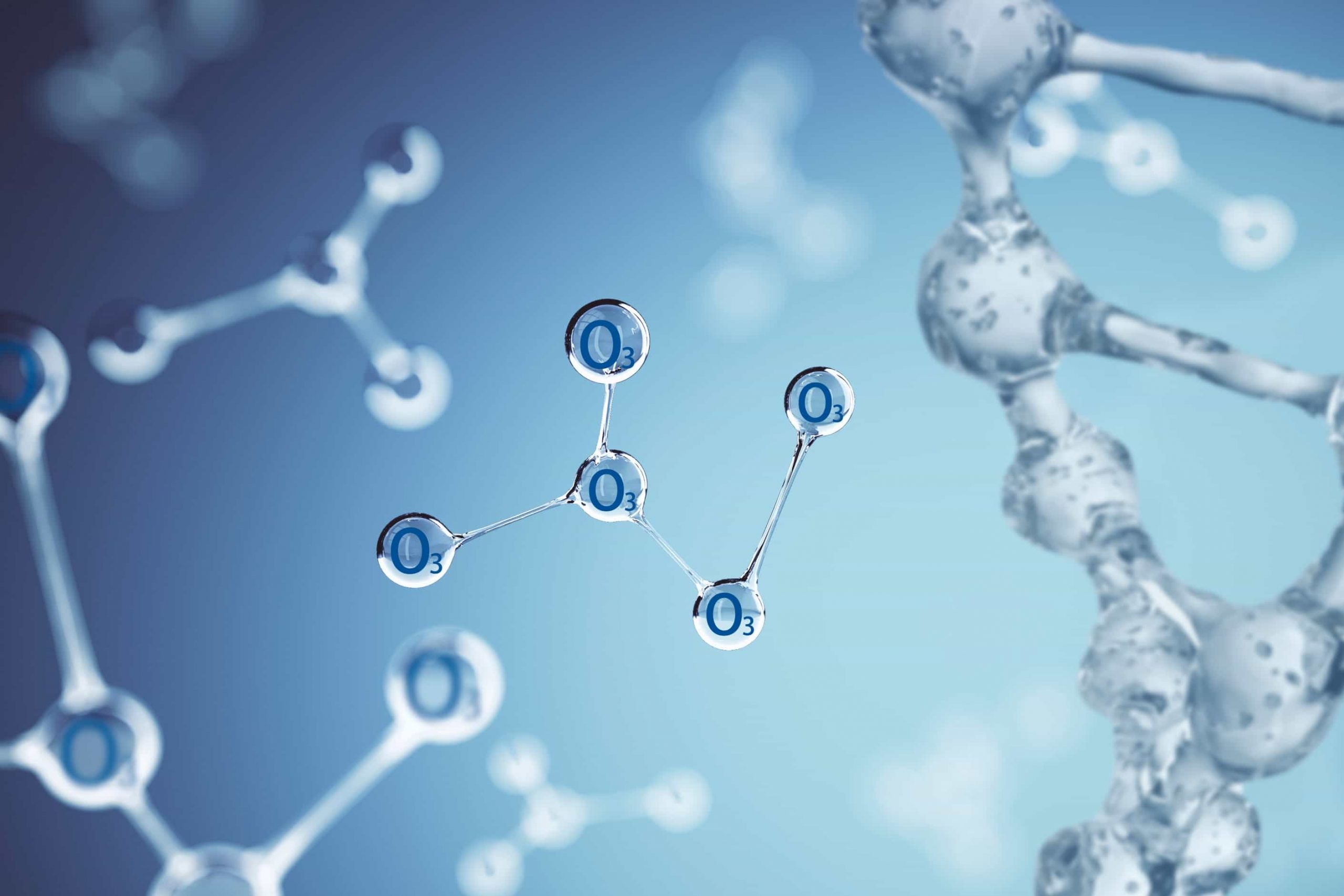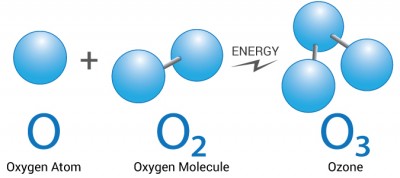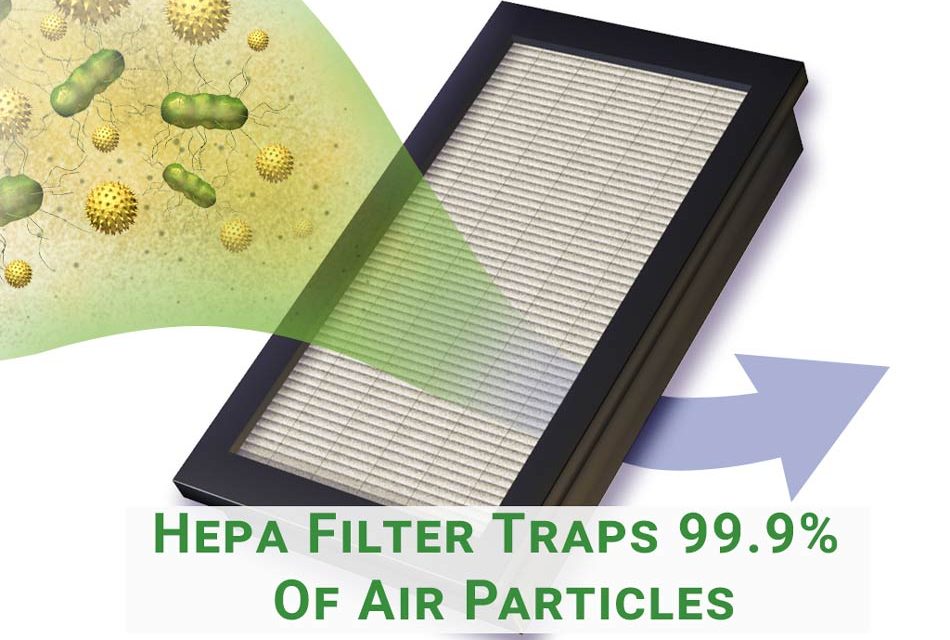There is a good chance that you may have heard of ozone before, and how we should protect it from disappearing from the upper most layer of our atmosphere. Other than helping to block the sun’s powerful UV rays, ozone is one of the most versatile, effective natural disinfectants that we have today. As technology continues to advance, so does our ability to utilize ozone in our everyday lives, to combat against germs and viruses. For everything from disinfecting air, solid surfaces, water, and everything in between, ozone has a wide array of cleaning applications and potential. Best of all, levels of ozone concentration can be easily controlled to be completely safe to use while still being 99.99% effective at killing all types of bacteria, virus, fungus, mold and parasites. Here are some ways you can start utilizing the powerful disinfecting potential of ozone today!
For The Air
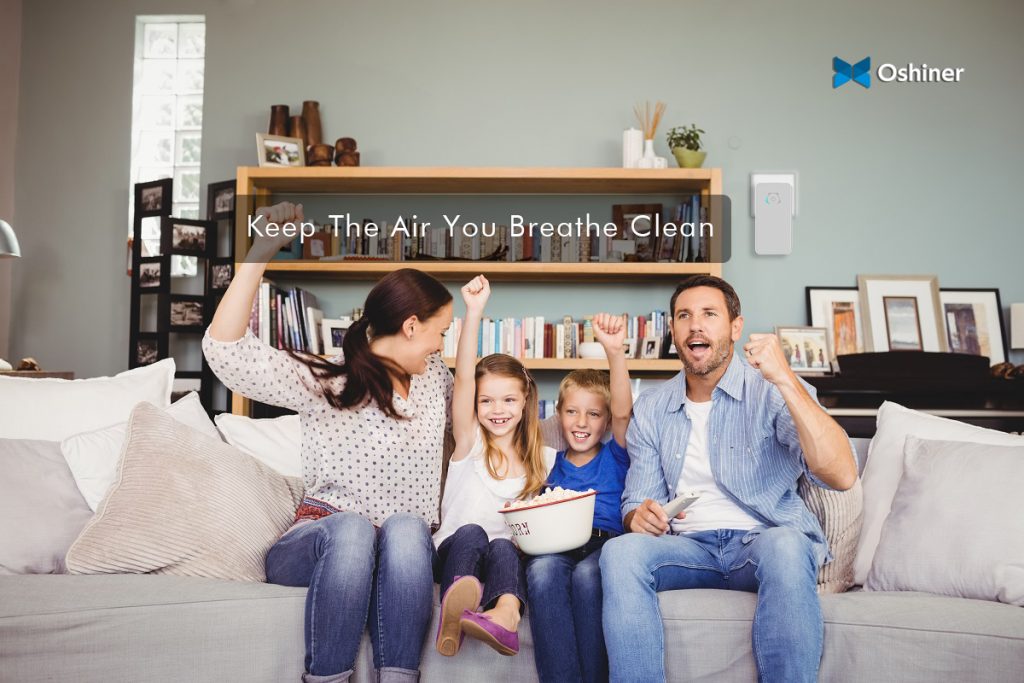
Starting with the basics. Ozone generators have been a heated debate in recent years. Large commercial ozone generators have been and continue to be a crucial tool for fire and flood restoration specialists. Along with killing all of the usual suspects, bacteria, virus, fungus, mold, parasites, these types of generators are also extremely effective at eliminating unwanted and unpleasant smells. These commercial ozone generators are very good at what they do, but these generators also produce very high concentrations of ozone, that may cause some discomfort to people if they are exposed to it in a confined space. Now, there are ozone generating devices that have similar cleaning effects to their commercial counterparts, while producing only a fraction of the ozone. The level of ozone produced by these Mini Air Purifiers is completely safe and can be used in any room inside your home or office. They are still highly effective at eliminating bacteria, virus, fungus, mold, parasites and smells over a period of time without causing any discomfort to the users. These Ozone Mini Air Purifiers also have a sleek design, making them discrete. They also come with a auto-off timer, ensuring that they only work when you need them to. Ozone Mini Air Purifiers are a great option for cleaning the air in any room or office, just set it, start it, and let it go to work.
On The Go
In recent years, carrying around bottles of sanitizer and disinfectant wipes seems be the norm. After using these types of sanitizers, especially in the drier months and climates, the alcohol in these products tend to damage hands and skin, to the point of cracking and bleeding. Rather than using Alcohol based sanitizers on your skin and other surfaces, there is now another option which can be just as effective at cleaning as alcohol but without the damaging effects. Using electrolysis, an Ozone Aqua Sterilizer is able to turn normal drinking water into an Ozone charged mist. An Ozone Aqua Sterilizer is great for easily an effectively cleaning all surfaces, whether you are inside, outside or on the go. It is small, portable and can fit right into your pocket, purse or bag. The device is rechargeable, refills with normal drinking water, and works on the push of a button. It is gentle on skin, safe to use around kids, babies, and house pets. What more could you ask for!
In The Kitchen
Food going to waste in the fridge is an unfortunate and recurring reality for most households. Whether it is neglected vegetables in the crisper, left overs that were too good to throw away or some other food that spoiled before its time. Food waste is often also a big money waste, but that can all be avoided. Hold onto your food, and your money a little longer with the power of ozone. An Ozone Fridge Freshener is an ozone generator for your fridge. It is small enough to fit in a corner and powerful enough to disinfect most large fridges. An Ozone Fridge Freshener targets food spoiling bacteria and molds, breaking them down before they have a chance to eat away at all of your delicious food. The Ozone Fridge Freshener will work for an entire month on a single battery charge, and like other produces, works with just a push of a button, ensuring that it only works when you need it to.
For The Laundry
Doing the laundry can be a chore. And what is worse is that maybe the clothes you are cleaning are not getting completely clean, and may be still hiding some unseen germs in the fabric. Luckily, you do not need to be worried about partially clean, partially soiled clothes any more. With an Ozone Laundry System, you can charge the water going into the washing machine with ozone, effectively killing more bacteria, viruses, fungus, and parasites hiding on your clothes than with detergent and bleach combined. And of course, ozone leaves your clothes smelling fresh and natural without heavy chemicals. Having an Ozone Laundry System can also work and compliment cleaning with laundry detergent and bleach, except you do not need as much to have exceptionally clean clothes. Use less ans save money on laundry detergent, while still having even cleaner clothes. Less really is more with an ozone laundry system.
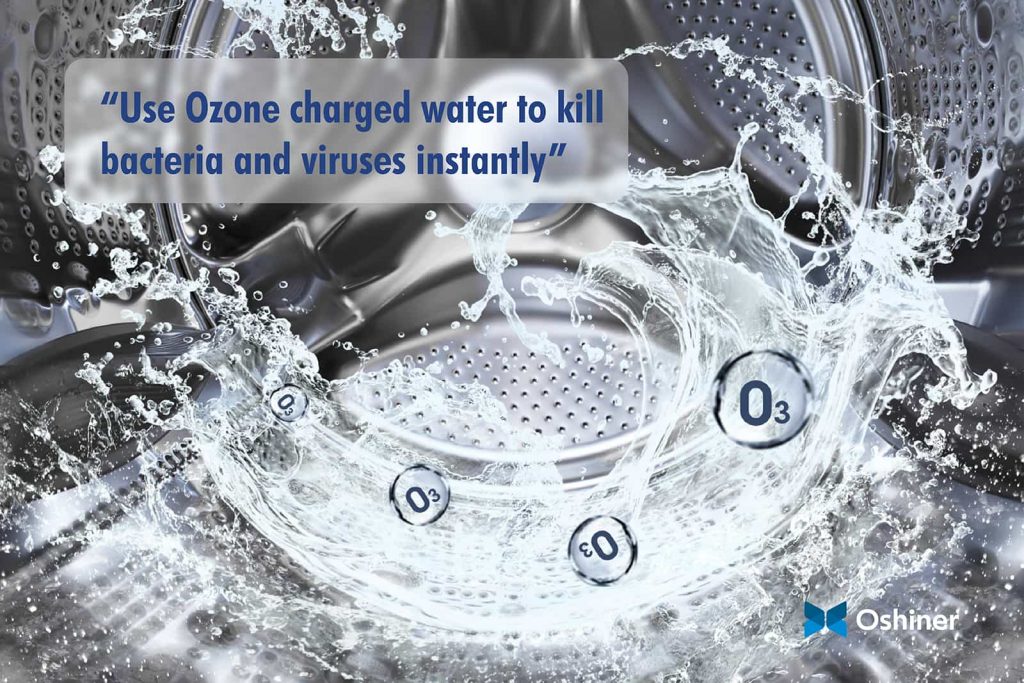
Now is the best time to try the cleaning and disinfecting potential of ozone. It has never been easier to clean literally every room of your house using minimal chemicals and ensuring a healthier, and cleaner environment for you and your family. Use ozone to clean today and see the results for yourself. You will be delightfully surprised by the transformations you see when you switch to using ozone to clean.



